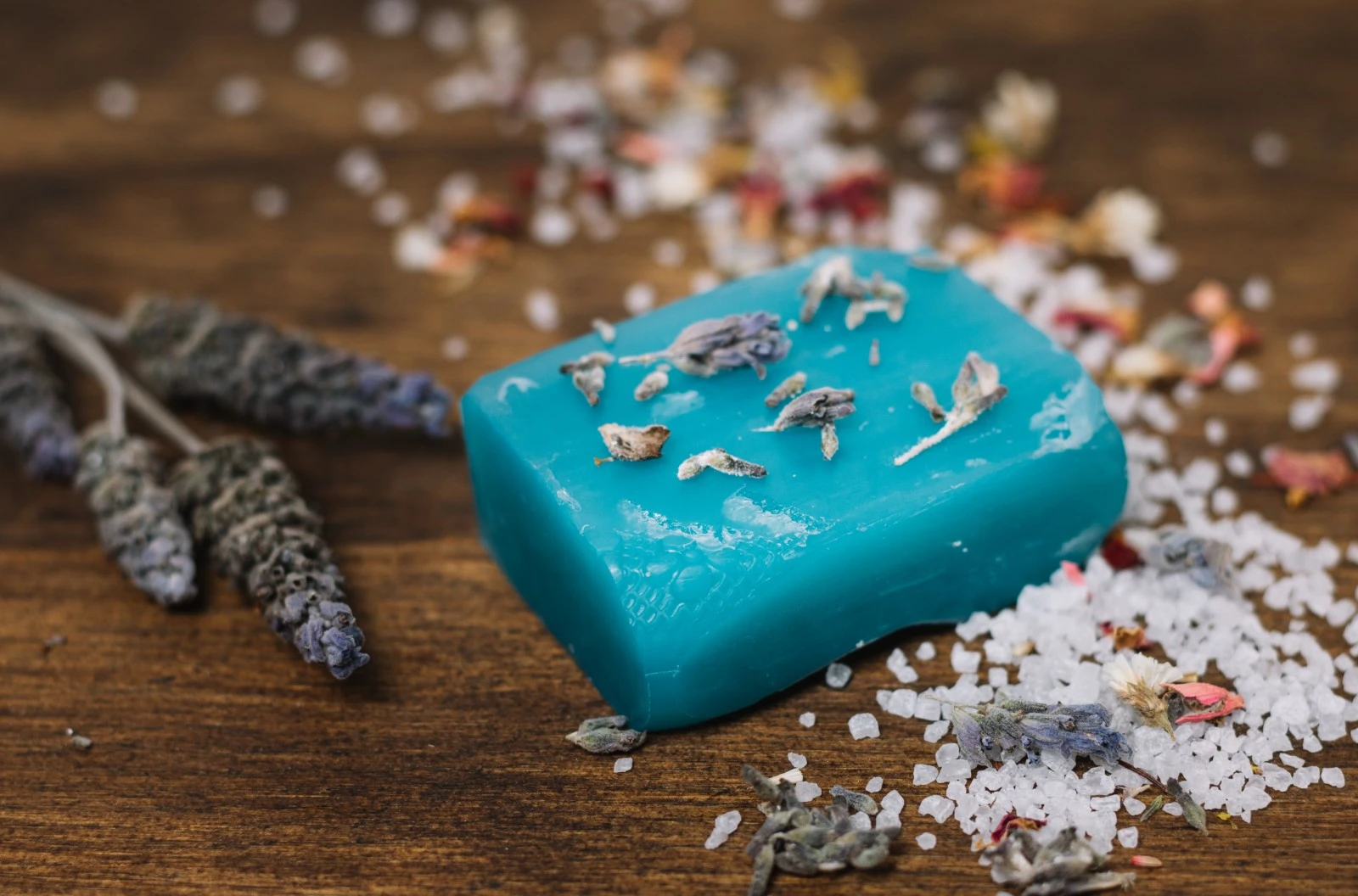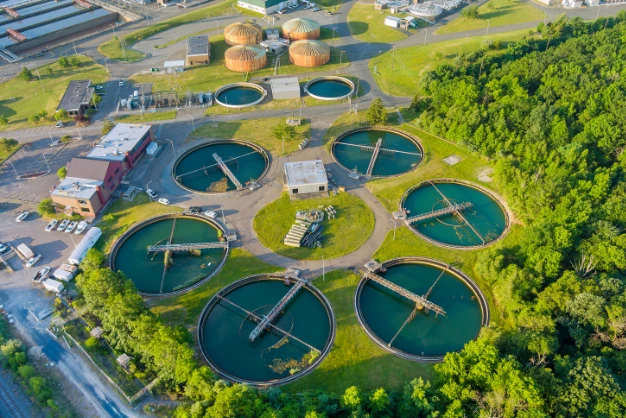Turmeric provides a bright yellow color and is known for its anti-inflammatory and antioxidant properties.
Indigo offers a range of blues, appreciated not just for its striking color but also for its reputed soothing qualities.
Madder Root can produce anything from pink to a deep red and is valued for its potential as a gentle skin cleanser.
Kaolin Clay is mild and perfect for sensitive skin, providing a soft white color to soaps.
French Green Clay is rich in minerals and excellent for exfoliation, lending a natural green hue to products.
Rhassoul Clay is another mineral-rich, skin-detoxifying agent that imparts a brown color, ideal for face soaps.
Exploring unconventional natural colorants can yield unique and appealing results:
Coffee grounds and brewed coffee are fantastic for adding a rich brown shade and an exfoliating texture to soaps.
Cocoa Powder not only colors the soap with a deep chocolate tone but also adds a beloved fragrance and antioxidants.
Beetroot provides a range of pink to red hues, perfect for vibrant soap creations.
Each of these natural colorants brings not only color but also distinct benefits to soap, enhancing both its aesthetic and therapeutic qualities. When selecting colorants, consider both the desired shade and the additional properties they may bring to the final product. This approach ensures your soaps are as nurturing as they are beautiful.
Mix colorants like clays or powdered botanicals with a small amount of rubbing alcohol or glycerin before incorporating into the soap base. Stir thoroughly to ensure the color spreads uniformly without forming clumps. Experiment with timing the addition of these colorants to achieve the desired effect, whether it’s a homogenous color or a marbled look. Adding natural colorants during the trace phase is crucial in cold process soap making:
Pre-mix dry colorants with a small amount of carrier oil to ensure smooth integration. Add liquid colorants like infusions or juices at light trace to control the saponification reaction, which can alter the final color. Be aware of how different natural colorants react to the high pH environment of cold process soap making. Some, like spirulina or beetroot powder, may change colors or fade. Add powdered or liquid natural colorants to the fully cooked soap base, just before it is molded. Stir thoroughly to integrate the colorant evenly. The residual heat can help distribute the colorant more uniformly. Consider the thermal stability of the colorant. Some natural colorants may degrade or alter under prolonged heat, affecting the vibrancy and consistency of the color. By understanding the characteristics of each soap making method and the properties of natural colorants, soap makers can effectively incorporate these ingredients into their products. This not only enhances the visual appeal of the soaps but also maintains the integrity and benefits of the natural ingredients used.
Mica Powders: Though some micas are man-made, they are often considered natural as they’re based on natural minerals. They provide a shimmering effect and come in various colors.
Herbal Powders: Turmeric, cocoa, and alkanet root powder can give vibrant colors, from yellows to deep reds.
Clay: Pink, red, and green clays not only color the soap but also add detoxifying and softening properties.
Temperature Control: Add the colorant to the soap base when it is melted but not too hot, as excessive heat can alter the color’s integrity.
Testing: Since natural colorants can vary in intensity, it’s important to test the colorant in a small amount of base first to determine the necessary quantity for the desired shade.
pH Sensitivity: Be aware that some natural colorants may react to the pH of the soap base. For example, blueberry or beetroot powder might change colors. Testing helps mitigate unexpected results.
Layering Techniques: Use natural colorants to create layered effects. Pour layers of differently colored soap, allowing each layer to set slightly before adding the next to achieve clean lines.
Swirling Techniques: To create swirls, add colorants to separate portions of the melted base and then pour them into the mold at different times. Use a skewer or toothpick to swirl the colors together gently.
At Rawsource, we take pride in offering a wide range of natural soap colorants that meet the needs of both novice and experienced soap makers. Here’s why choosing Rawsource as your go-to supplier is a smart decision:
Quality and Purity: All our colorants are sourced with a focus on purity and sustainability. We ensure that our products are free from harmful chemicals and additives, making them safe for use in soap making.
Expert Support: We understand that choosing the right colorant can be daunting. Our customer service team is knowledgeable and ready to assist with any questions you might have about our products or how to use them effectively in your soap making projects.
Fast Shipping: We are committed to quick and efficient delivery. Once you place an order, we ensure that it is processed and shipped promptly so that you can start your soap making without delays.
For those new to using natural colorants, our website also offers resources such as tutorials, blogs, and forums where you can learn more about soap making techniques and share experiences with a community of like-minded crafters.
Choosing Rawsource for your soap colorants means selecting a supplier that not only provides quality products but also supports your creative journey with valuable resources and expert advice. Visit us today to find everything you need to bring color and life to your soap creations.
Embracing natural soap colorants is a fantastic way to enhance the appeal and quality of your handmade soaps while committing to environmentally friendly practices. By utilizing botanicals, clays, and other natural sources, you can achieve a spectrum of vibrant colors and also imbue your soaps with beneficial properties. Whether you’re a hobbyist or a professional soap maker, understanding where to source these colorants is crucial. Rawsource offers a comprehensive range of natural colorants, backed by quality assurance and expert guidance, making us your ideal partner in crafting visually stunning and ethically produced soaps. Explore our selection to inspire your next creation.



